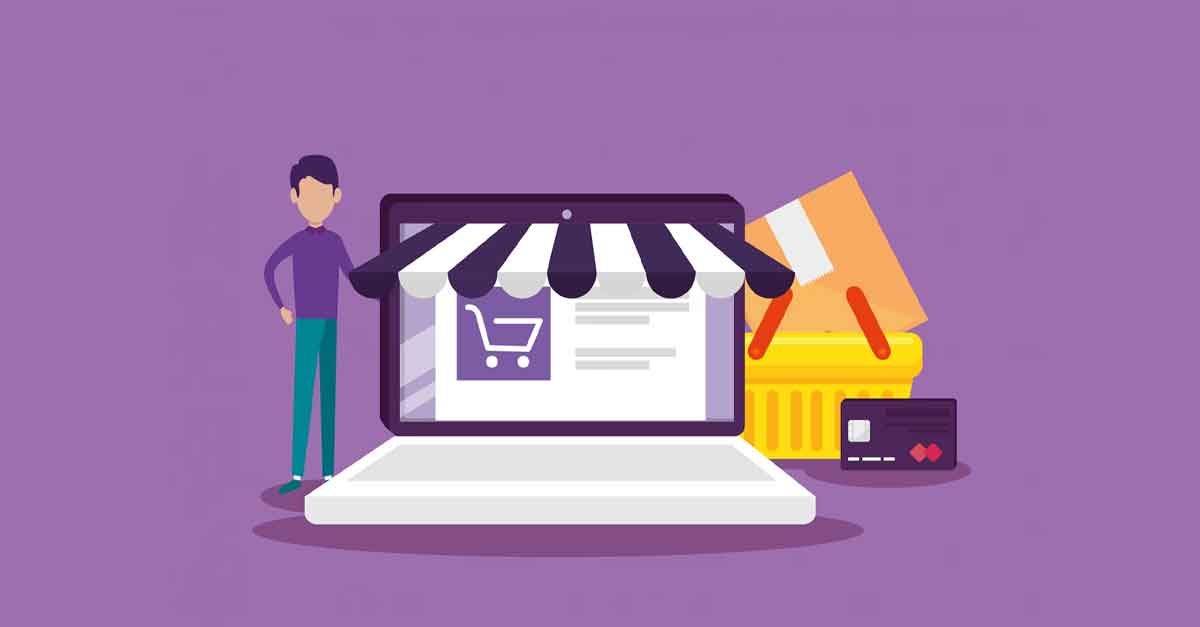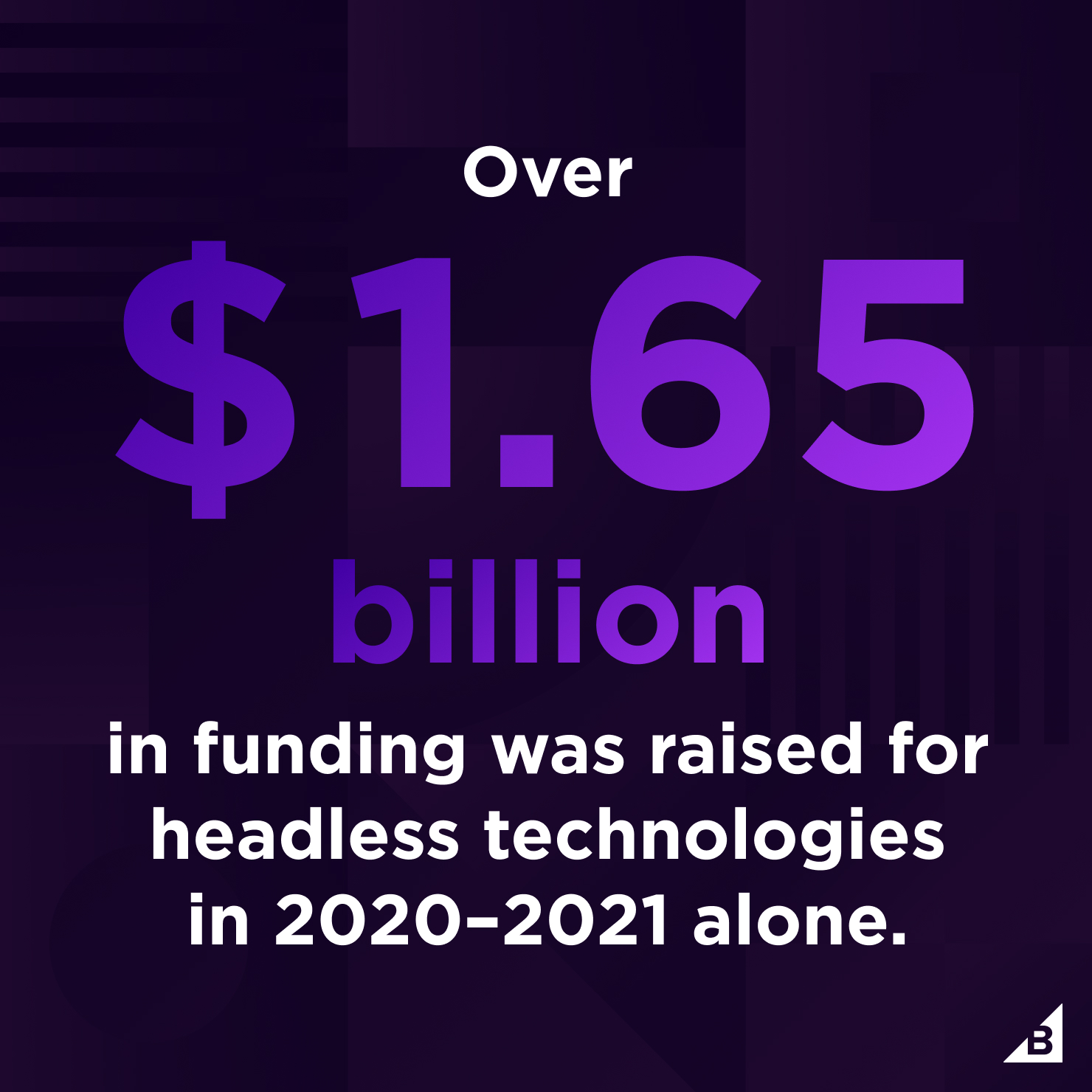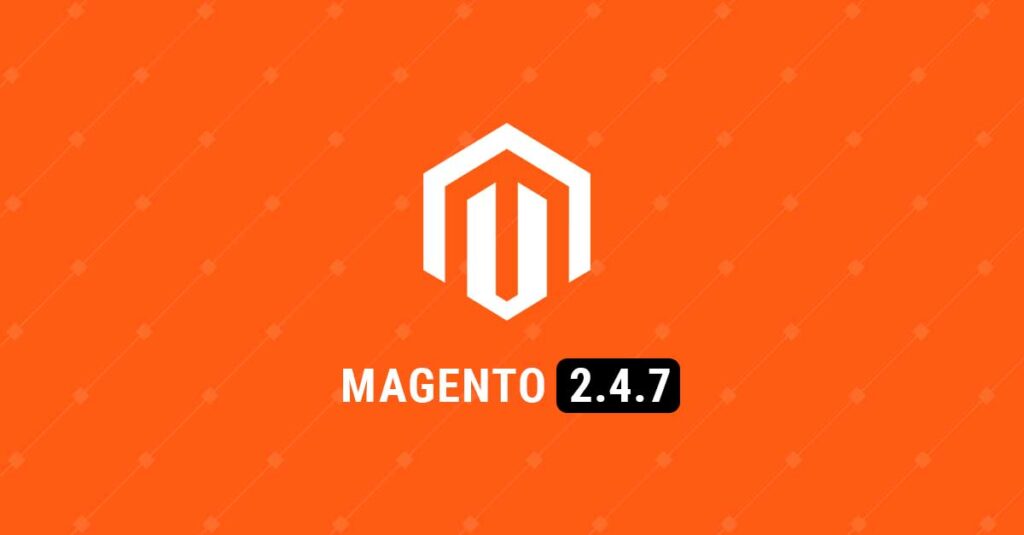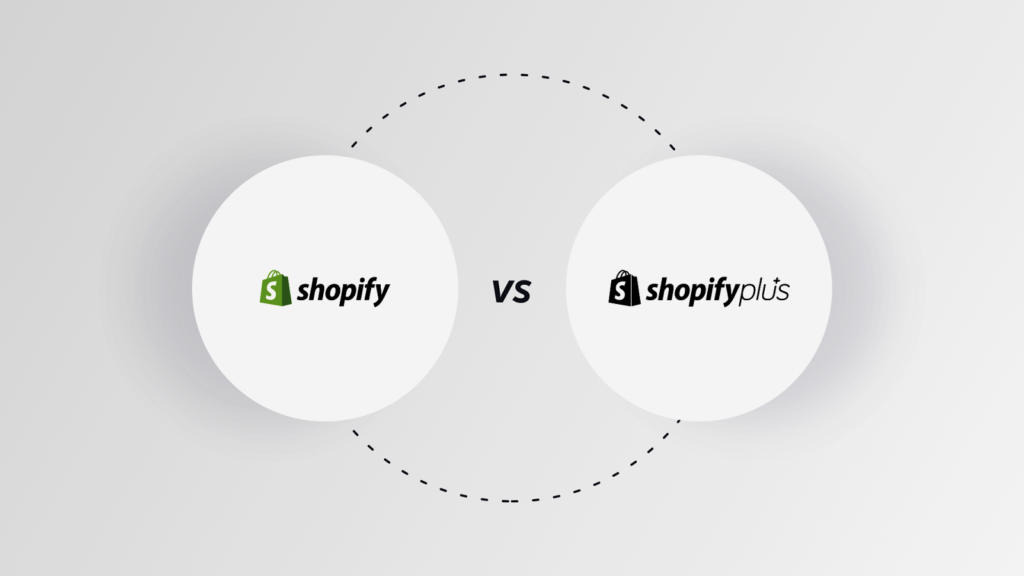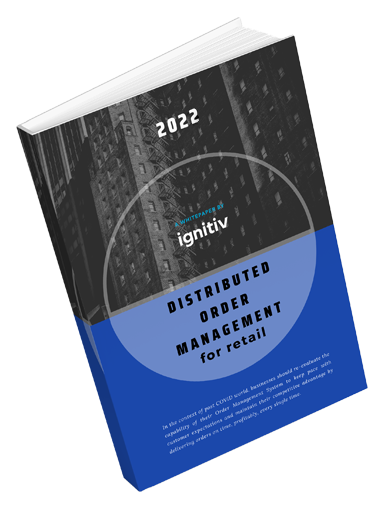Headless Commerce Strategies
More than 90% of organizations agree that headless technologies significantly improve digital experiences. From faster load times to speedier time to value, a headless digital strategy delivers significant business value. And yet, the question remains: how do you know your headless commerce strategy is working?
After all, there’s so much to consider, from budget to user experience and beyond. Plus, it’s easy to get side-tracked by the big picture and lose focus on the right metrics to gauge success.
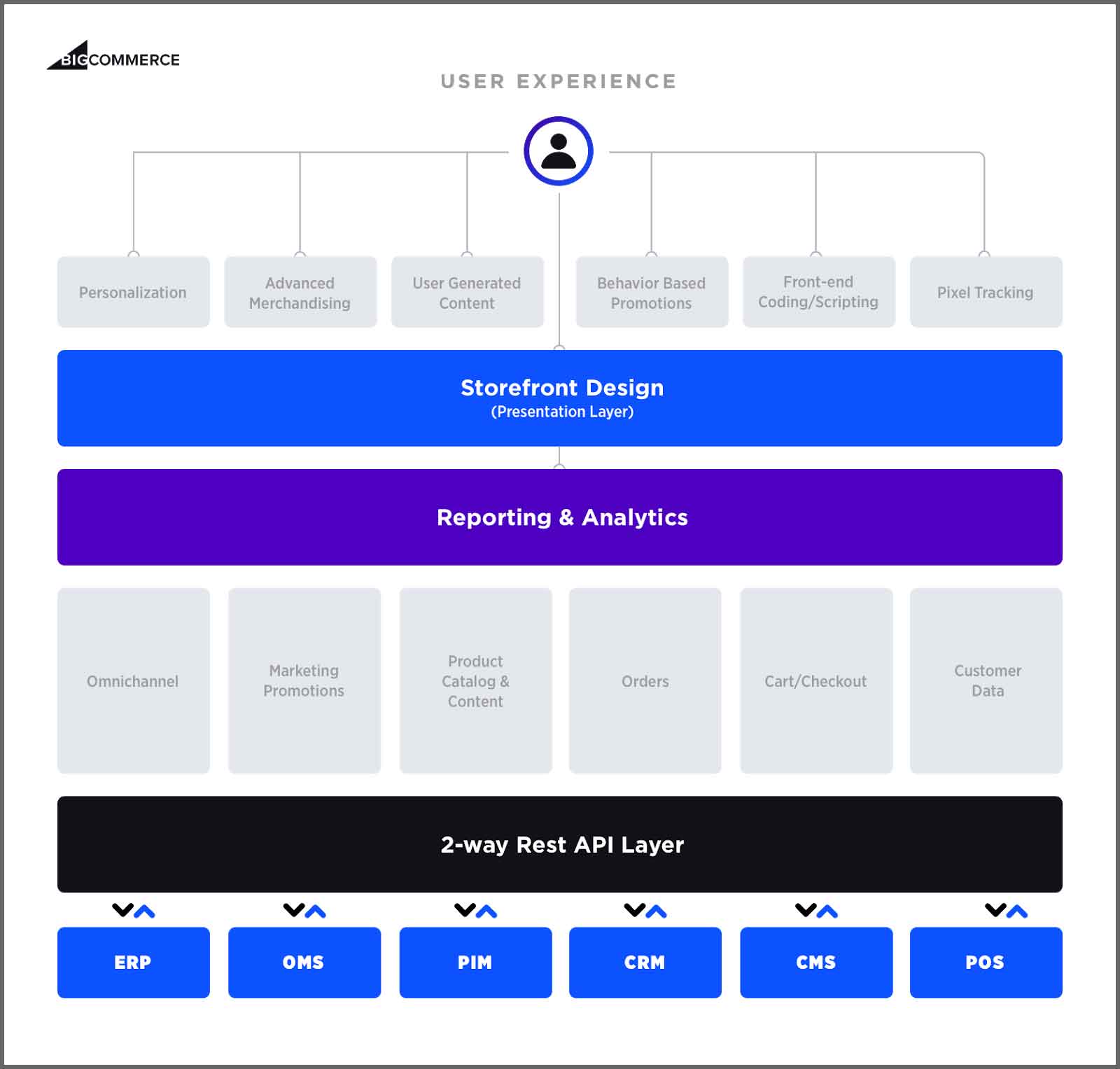
So, what do you do?
In simple words, keep track of the implementation costs and, more importantly, measure the financial ROI on your headless strategies. That’s the first step and arguably the most important because, at the end of the day, you want your initiatives to be seen as worthwhile investments.
In the same vein, this post discusses the implementation costs, ROI, and how to understand whether the headless strategy is working or not.
Calculating the Cost of Headless Commerce Solution
Headless commerce can indeed be a future-proof solution for businesses as it helps online stores grow and scale with dynamic trends and shopping behaviors.
Naturally, when talking about the benefits of headless commerce, the question regarding the cost of implementing headless solutions pops up quite often.
We’ve created a rundown of several factors to help you out. Read on to know more.
Subscription Cost
The subscription model is a cost-effective way to handle headless commerce. The fact that these solutions can scale on demand and accommodate peak traffic without additional infrastructure investments is bound to make them attractive.
That said, the subscription cost mainly varies according to the customers’ needs and usage.
The Underlying Platform Cost
Headless commerce can be a “retrofitted headless” or “microservices-based headless” solution. While a retrofitted solution separates the front-end and back-end of the commerce platform, micro-services architecture is designed to support individual service functionalities to make up a complete solution and integrate through APIs.
Again, the cost of implementation depends on the brand’s needs or customers’ changing needs.
Implementation and Re-Platforming Cost
The implementation cost will vary based on specific factors like the scope of work in re-platforming, the range of customization required for the unique solution, and tweaks in the existing platform.
More Costs to Consider
In case you envision hiring a development team to build the solution, you can expect a range of costs depending on the size of your site and the number of users, and the platform’s suitability for building a shopping cart experience.
And that also brings us to user experience (UX) strategy, which needs to be well thought through and discerned from the outset. Couple that with the release, post-release maintenance, migration, or integration costs, and you’ll have a much clearer picture. While it’s true the exact values here will depend on a lot of factors, some of them subjective, the experts will have a sense of what the costs are in their specific user scenarios.
Calculating the ROI of the Headless Solution
Now, it’s time to know whether your headless strategy is working or not. And the best way to do that is to calculate the return on investment (ROI). It can help you track the capital spent on a headless solution and the tangible results that it helps bring.
Formula to calculate ROI
ROI = (Net Return on Investment / Cost of Investment) *100
If you want to label a specific number as a good ROI, you must do that based on the market you suffice and the objectives you’ve envisioned pertaining to the same. There’s no one-size-fits-all in this regard.
For instance, while the ROI of 5% can be an excellent win for some businesses, others might aim for a much higher percentage. So, the greater your returns, the better.
Needless to say, knowing your returns can help you make critical business decisions like investment in new strategies, employee hiring, and other choices about your business.
Focusing on the Granular Factors
Many reports indicate how increasing performance can impact business revenues:
- Improving the load time of a website by a tenth of a second can improve the conversion rate by 8% (Deloitte)
- Every 0.1 second of load time can cost 1% of sales (Amazon)
- Over 56% of customers leave the website if the site or images fails to load within 3 seconds (Google)
Such considerations can further narrow down the necessary areas to focus on, including conversion rates, conversion growth, bounce rates, web traffic, customer lifetime value, etc.
Overall, the results of the headless commerce strategy can clearly be seen in the form of increased revenues, increased customer satisfaction, and higher conversion rates. With that, businesses can easily quantify the financial impact, both now and in the future.
Conclusion
It’s worth noting that, when it comes to headless commerce, the success metrics can vary from one business model to another.
In any case, it’s essential to prepare a “decision-making checklist” and monitor these metrics at periodic intervals. You can also set up analytics tracking for key performance indicators (KPIs) to determine if the headless commerce solution is worth your time and money.
In the end, your implementation investments and subsequent ROI should be based on the unique business requirements of your company. For that reason, it’s best to rely on an experienced team to help you out.
